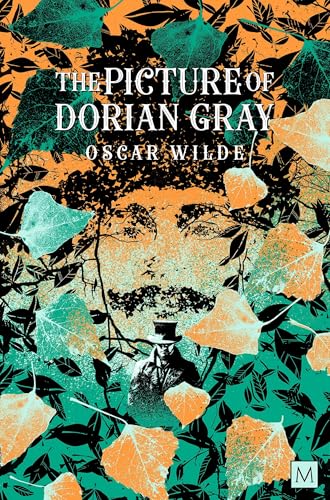The Picture of Dorian Gray
(Author) Oscar Wilde"You will always be fond of me. I represent to you all the sins you never had the courage to commit." ― Oscar Wilde, The Picture of Dorian Gray The Picture of Dorian Gray (1891) by Oscar Wilde recounts the tale of the moral decadence of a young and good looking man, Dorian Gray. A beautiful life-like painting of Dorian is painted by Basil Hallward when Dorian, understanding that his beauty will fade, expresses the desire to sell his soul to ensure that the picture will age and fade instead of himself. Dorian locks the portrait up, and during the eighteen years that follow, every vice and wicked deed he performs gets reflected in the portrait. The portrait records every sin he commits, and the man in the portrait soon transforms into a hideous aged man. However, Dorian, in real-life, continues to look young and beautiful and does not age in these eighteen years. The numerous extraordinary experiences in Dorian's life makes this novel an engaging read with a lesson worth learning.
Oscar Wilde
Oscar Wilde was an Irish playwright, novelist, and essayist known for his wit, flamboyant style, and sharp social commentary. His most famous works include the play "The Importance of Being Earnest" and the novel "The Picture of Dorian Gray," both of which explore themes of identity, morality, and societal expectations. Wilde's writing is characterized by clever wordplay, satirical humor, and a keen observation of human nature. He was a key figure in the aesthetic and decadent movements of the late 19th century and is considered one of the most important voices in British literature. Wilde's impact on literature can be seen in his subversion of conventional Victorian norms and his pioneering use of irony and paradox.






